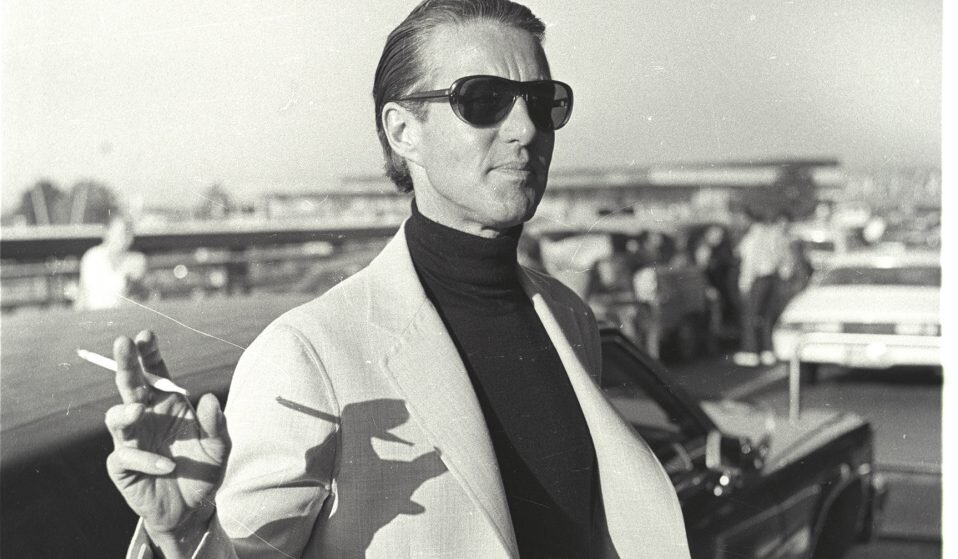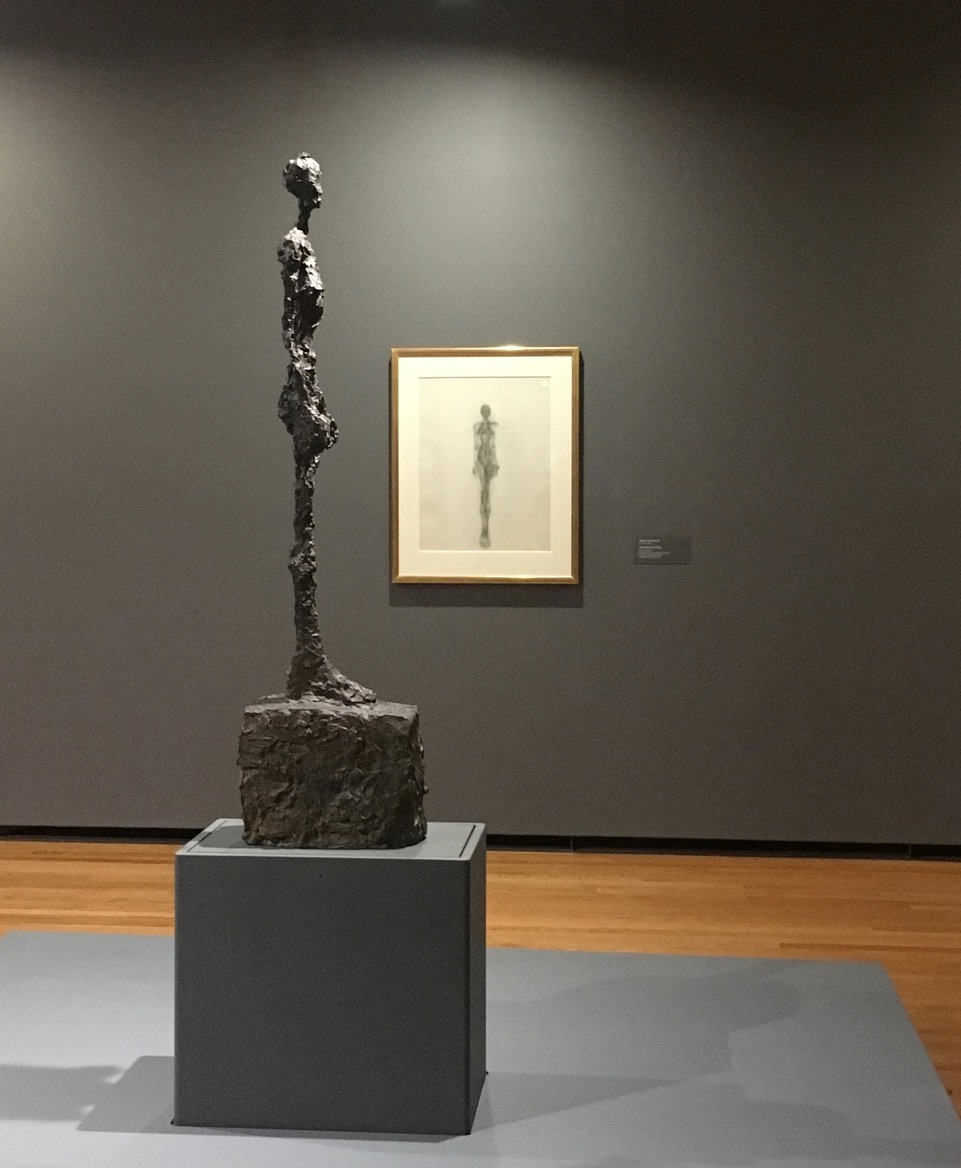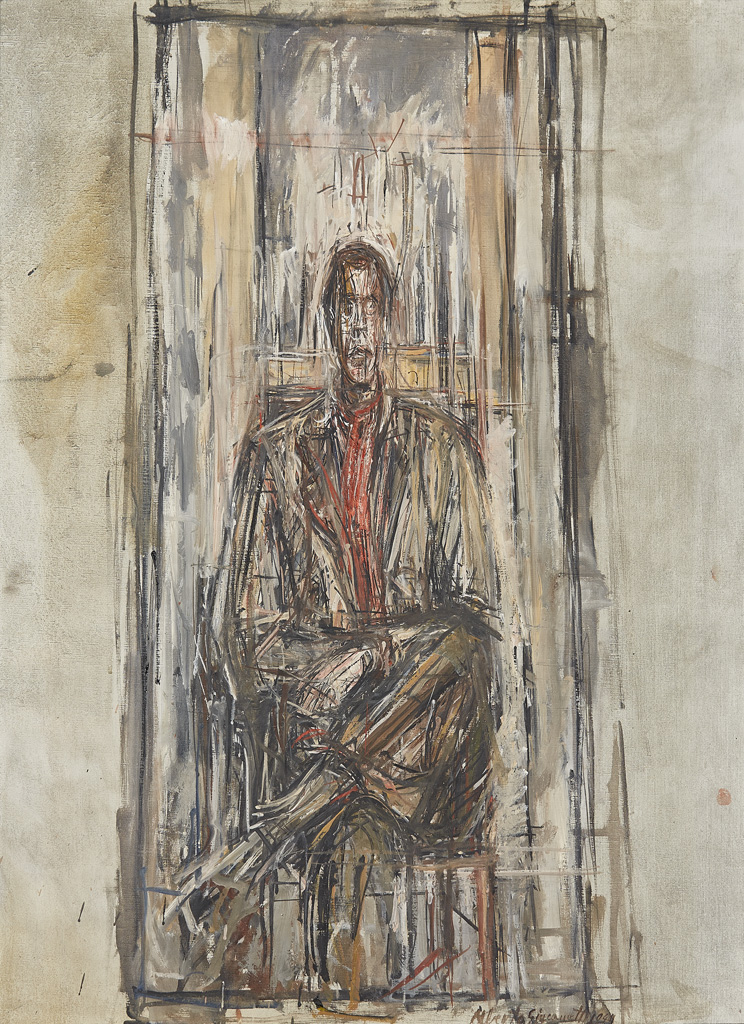‘I Must Create a System or be Enslaved by Another Man’s’: The Visionary World of William Blake
William Blake 'Europe' Plate i: Frontispiece, 'The Ancient of Days' 1827 (?) © The Whitworth, The University of Manchester
‘The enquiry in England is not whether a man has talents and genius, but whether he is passive and polite as a virtuous ass, and obedient to noblemen’s opinions in arts and science.’
William Blake
I recently attended a fine exhibition of the art of William Blake (Tate Britain, London, until 2 February).
Welcome to a world of angels, snakes and devils; of gods, monsters and demons. Welcome to bearded titans and long-locked maidens; to stooping figures in billowing robes making grand theatrical gestures. Here are muscled torsos and sinuous limbs; heroic figures wreathed in rays of light and clouds of smoke. Here’s Isaac Newton working with his compass, poor old Nebuchadnezzar the King of Babylon crawling on all fours. Here’s the ghost of a flea, and Urizen, the embodiment of Reason and Science, reaching down to measure the Earth – a futile endeavour.
Welcome to a world of myths, legends and fairies - where Biblical themes are intertwined with the mystical, and historical subjects are treated in mythical terms. Welcome to regret, shame, wrath and ire; to pestilence, plague, war and disaster. Welcome to the unique visionary world of William Blake, poet, painter and printmaker.
William Blake, Nebuchadnezzar 1795–c.1805. Tate
‘The Corner of Broad Street weeps; Poland Street languishes
To Great Queen Street & Lincoln’s Inn, all is distress and woe.’
Blake was born in Soho in 1757, and for most of his life he lived and worked within 20 minutes’ walk of his first family home. The son of a Dissenter and hosier, he attended school until he was 10. His parents, recognising that he had some artistic talent, bought him classical prints and plaster casts to copy, and paid for him to have drawing lessons. At 14 he was apprenticed to an engraver and at 21 he enrolled to study art at the Royal Academy.
Blake’s training as an engraver sustained him throughout his life. He was employed to create illustrations by various publishers and sponsors, and for a short time he ran his own print shop. In 1788 he developed a new form of print-making, ‘relief etching’, a method that enabled him to combine text and images in colour. He used this process to produce most of his own books, paintings, pamphlets and poems.
‘I must create a system or be enslaved by another man’s; I will not reason and compare: my business is to create.’
These were times of radical thought and social upheaval. There were revolutions in France and America, wars raging across Europe. Blake himself was a profoundly independent spirit, a man who refused to conform to established tastes and traditions. He was deeply religious, but he objected to organised religion. He championed the imagination, but he was sceptical of science. He opposed slavery, tyranny and industrialisation. He was an avid proponent of free love. And he channelled all these beliefs and opinions into his poems, prints and personal mythology.
Blake Williams, 'Newton', 1795-c.1805. The Tate
Sadly Blake’s unique talents were largely unrecognised in his lifetime. He rebelled against the fashionable styles taught at the Royal Academy and against its president, Joshua Reynolds. He was out of step with the artistic community, and looked down on the landscapes and portraiture that were financially successful at the time. He resented the commercial engraving work he depended on for income. He fell out with his partners and sponsors, and he didn’t sell many of his books.
‘I am laid by in a corner as if I did not exist.’
In 1809 Blake organised an exhibition of his work at Broad Street, Soho, on the first floor of the family hosiery business. Very few members of the public turned up, and his one reviewer observed that the artist was ‘an unfortunate lunatic.’
What’s more, Blake always seemed to be getting into trouble. In 1780 he was caught up in the anti-Catholic Gordon riots, and that same year, while out on a sketching trip by the River Medway, he was arrested for spying. In 1803 he was taken into custody following an argument with a sailor.
His wife, Catherine, once complained:
'I have very little of Mr Blake's company. He is always in Paradise.'
One can’t help concluding that, though supremely gifted, Blake was a difficult individual.
So what are those of us working in the creative industries to make of William Blake?
On the one hand, we must stand back and admire his individuality, his free-thinking, his radical vision. We must respect his single-mindedness and persistence in the face of setbacks and disappointments.
On the other hand, it’s something of an indictment of the artistic community of Blake’s time that it couldn’t recognise the very special talent in its midst. We should always be on the lookout for misfits and malcontents who may in fact have phenomenal contributions to make. I also wonder whether Blake could have been somewhat more successful in his lifetime if only he’d been a little more diplomatic. Maybe he just needed a good Account Manager.
'He was despised and rejected of men, a man of sorrows and acquainted with
grief. (Isaiah 53:3)
He gave his back to the smiters, and His cheeks to them that plucked off
the hair: He hid not His face from shame and spitting.' (Isaiah 50:6)
George Frideric Handel, 'He Was Despised'
No. 251


























